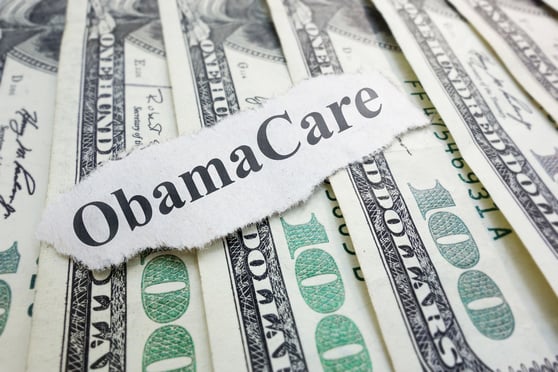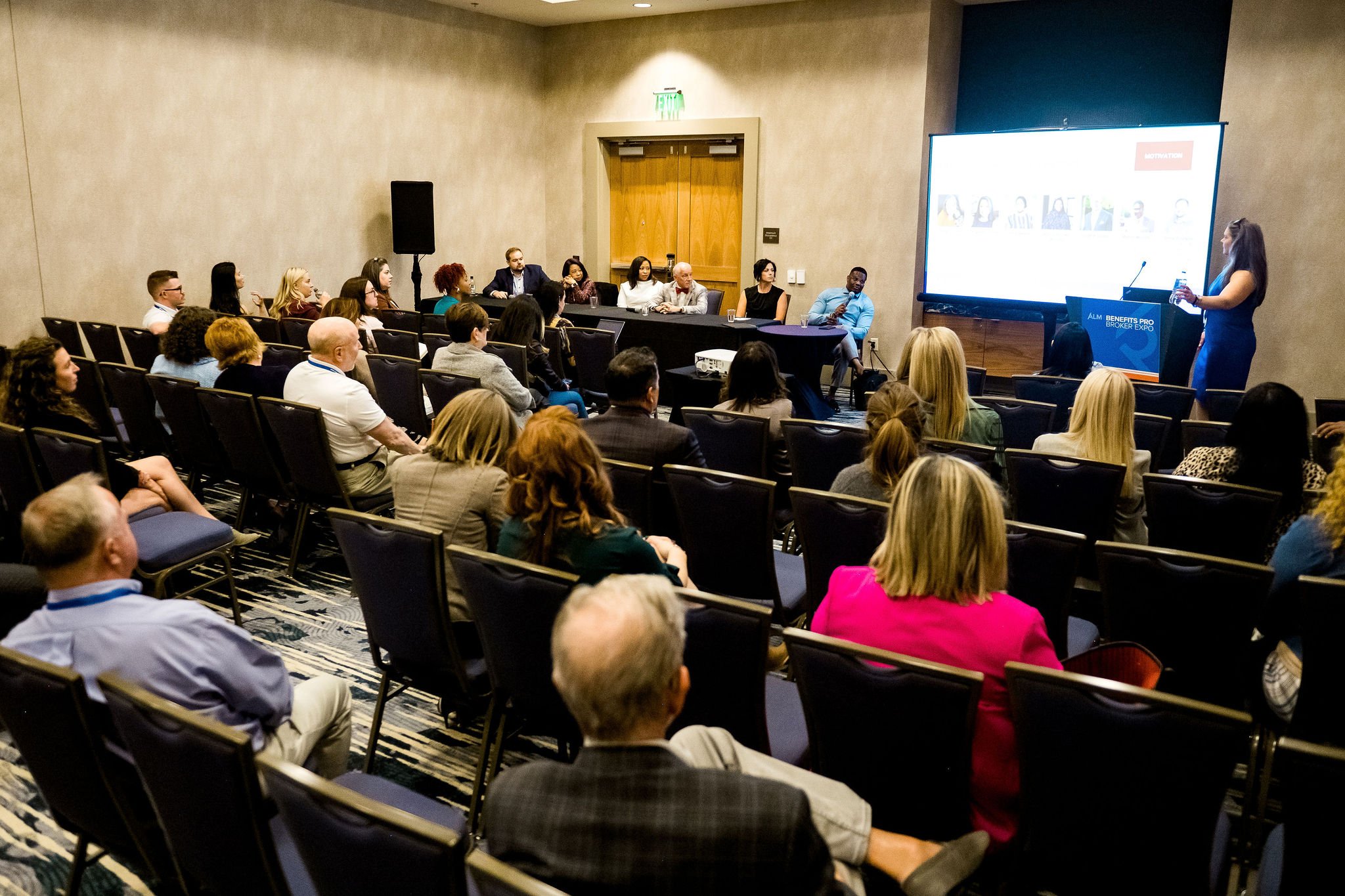The U.S. Equal Employment Opportunity Commission,warning of "significant disruptive consequences," urged aWashington federal judge not to toss out the agency'sdisputed workplace wellness rules ascompanies set in place their health insurance plans for 2018.
|Related: Do wellness plans discriminate againstolder workers?
|In a dispute with the AARP in the U.S. District Court for theDistrict of Columbia, the EEOC argued this week in courtfilings that the wellness rules should not be vacated beforeallowing the agency to revisit and revise them. The agency said itwould be unable to complete its review by the end of the year.
|Last month, U.S. District Judge John Bates sided with theAARP in its lawsuit challenging the EEOC’s workplace wellnessrules. The regulations allow employers to incentivize or penalizeemployees for programs targeted at improving employees’ health andtherefore lowering companies’ insurance costs. Bates did not vacatethe rules; instead, he sent them back to the EEOC for a secondlook.
|Bates must now decide whether to scrap the rules entirely orkeep them in place to give the agency a chance to revise the rules.Two law firms cited by the EEOC in court papers this week—Alston& Bird and Epstein Becker & Green—argued in comments aboutthe rules that companies need six months' notice to change plansand as many as 170,000 enrollment guides would have to be tossedand re-done in a short window.
|Related: 4 reasons to welcome the new EEOC wellnessrules
|The AARP sued the agency inOctober, after the EEOC changed its wellness program rules.The group argued the new policy was not justified and violatedfederal discrimination laws by allowing employers to illegallyaccess private health information.
|The AARP, which lobbies on behalf of nearly 38 million peopleage 50 and older, also alleged the 30 percent limit on health carecost incentives was too high of a penalty for non-participatingworkers. The court agreed, but did not vacate the rules.
|Bates said in his ruling that it would be too “disruptive” toimmediately eliminate the rules and instead gave the EEOC a chanceto “address the rules’ failings in a timely manner.”
|The AARP argued for the rules to be thrownout immediately and suggested the court could stay anymandate until 2018. Alternatively, AARP lawyers said, Bates couldissue a "prospective injunction" against enforcement of the ruleseffective Jan. 1, 2018.
|"Both approaches would prevent further harm to employees whowill otherwise face involuntary disclosure through wellnessprograms in 2018, and would give employers certainty about thestatus of the rules as they finalize their 2018 plans," Dara Smithof the AARP Foundation Litigation wrote in court papers on Aug.30.
||EEOC: Don't 'pull the rug out'
U.S. Justice Department lawyers, representing the EEOC, stressedthat because employers have generally negotiated their healthinsurance plans for 2018 and are preparing to begin open enrollmentin weeks, vacating the rules at this late date would be“extraordinarily disruptive to employers and employees alike.”
|“What clearly would expose employers to liability is vacatingthe rules upon which they have relied in designing their 2018health plans, when it is now too late to change them,” JusticeDepartment lawyers wrote in their papers. “To pull the rug out fromunder employers at this late date would be manifestly unfair.”
|The agency argued that courts have full power to send rules backfor further consideration "without vacating a rule where vacaturwould unduly disturb settled expectations and cause chaos."
|The government also argued the rules do not require employers tooffer incentive-based programs. If employers are concerned that aprogram might expose a company to liability, they can choose to notoffer the program, according to the government's court filing.
|The EEOC argued that before open enrollment opens in the fall,170,000 enrollment guides must be printed for distribution. Theagency cited several stakeholders’ comments, submitted after theEEOC first published the proposed rules.
|According to Epstein Becker, “the employer planning for thisfall’s open season for the 2016 plan year is essentially complete.An effective date before Jan. 1, 2017, would likely requireemployers to drop their wellness programs because they would haveinsufficient time to bring them into compliance.” The firmcontinued: “It would be impractical to have plans attempt toredesign their programs during or after the open enrollment periodto comply with new rules from the EEOC.”
|The firm also argued it would be unfair to individuals who mayhave chosen health insurance providers based on available wellnessprograms that may become unavailable if they are forced to complyprematurely with the EEOC’s final rule.
|Alston & Bird said employers “often rely on wellness programvendors to design and implement wellness programs, and mustfinalize such programs well in advance of their effective date toallow for the calculation of premiums and annual enrollment in thehealth plan.” The firm requested that companies be given sixmonths' notice before rule changes take effect.
Complete your profile to continue reading and get FREE access to BenefitsPRO, part of your ALM digital membership.
Your access to unlimited BenefitsPRO content isn’t changing.
Once you are an ALM digital member, you’ll receive:
- Critical BenefitsPRO information including cutting edge post-reform success strategies, access to educational webcasts and videos, resources from industry leaders, and informative Newsletters.
- Exclusive discounts on ALM, BenefitsPRO magazine and BenefitsPRO.com events
- Access to other award-winning ALM websites including ThinkAdvisor.com and Law.com
Already have an account? Sign In
© 2024 ALM Global, LLC, All Rights Reserved. Request academic re-use from www.copyright.com. All other uses, submit a request to [email protected]. For more information visit Asset & Logo Licensing.








